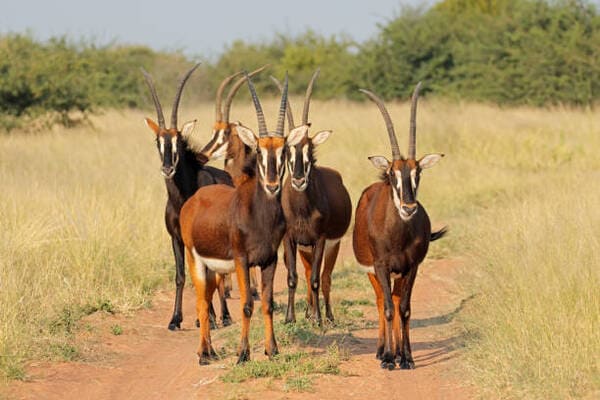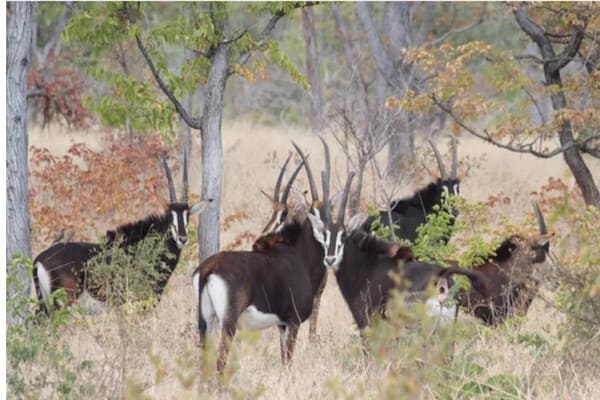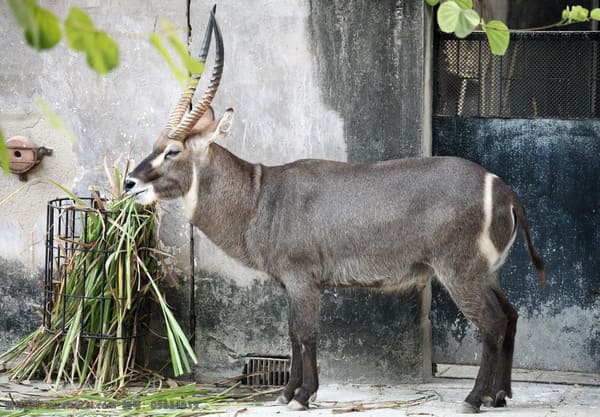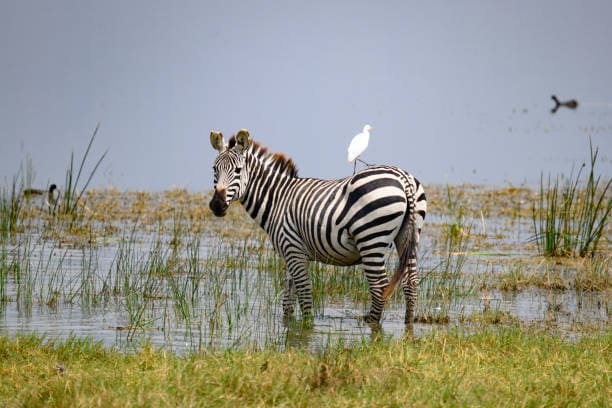Hippotragus niger
IUCN
CRBasic Information
Scientific classification
- name:Hippotragus niger
- Scientific Name:Hippotragus niger,Sable Antelope
- Outline:Ungulata
- Family:Artiodactyla Bovidae Hippodrome
Vital signs
- length:190-255cm
- Weight:190-270kg
- lifetime:About 15 years
Feature
It is the national animal of Zimbabwe, and its subspecies, the blackbuck, is the national animal of Angola.
Distribution and Habitat
Origin: Angola, Botswana, Democratic Republic of Congo, Kenya, Malawi, Mozambique, Namibia, South Africa, United Republic of Tanzania, Zambia, Zimbabwe.
Introduction: Swaziland.
Prefers tropical shrubs and savannas. Lives in savannah woodlands, adapted to life in arid areas, and has a strong adaptability to arid deserts.
Appearance
The black antelope is 190-255 cm long, 117-143 cm tall at the shoulder, 40-75 cm long in tail, and weighs 190-270 kg. Female antelopes are smaller than male antelopes. The male antelopes have large and curved horns, about 80-165 cm long, while the female antelopes have horns of only 60-100 cm. In particular, male antelopes have a graceful body, a strong neck, upright hair on the back of the neck, and stable limbs, showing a sense of strength. The young antelopes can only be distinguished between males and females after they are three years old. The male antelopes have a darker black body color and a pair of larger horns on the top of their heads. . The body hair is short and rough, and the male antelopes are dark gray or black; female antelopes and young antelopes (under three years old) are chestnut. As for the nominate subspecies, female antelopes also change to brown-black after maturity. There are white stripes on the eyebrows and mouth and nose. The abdomen and buttocks are white.
Details
Sable Antelope (scientific name: Hippotragus niger) is also known as Sable Antelope in English. There are 5 subspecies.
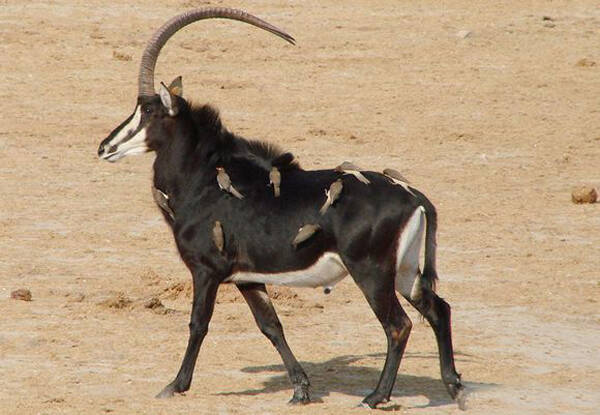
Sable Antelope populations usually have 30-75 females and young antelopes in good habitats. They are led by 5 male antelopes. The herd will be divided into several small groups during the rainy season, and form a large group during the dry season. They travel about 1.2 kilometers a day. During the dry season, the black antelope herd is accustomed to squatting on the same grassland for more than a week, leaving for a period of time only to find drinking water or avoid the sun, and then returning to the same grassland. But basically, the black antelope herd will continue to migrate. The older the female, the higher the status of the herd. Male antelopes are attached to the female antelope group before they mature. After the age of three, they mature and leave the female antelope group to live in the male group. After the age of five, the development of male secondary sexual characteristics makes male antelopes begin to seek territory, or if they cannot get territory, they live an independent life. The male antelope, who is the leader, usually patrols and marks the territory alone.
Black antelopes are herbivorous animals. They mainly eat grass and leaves.
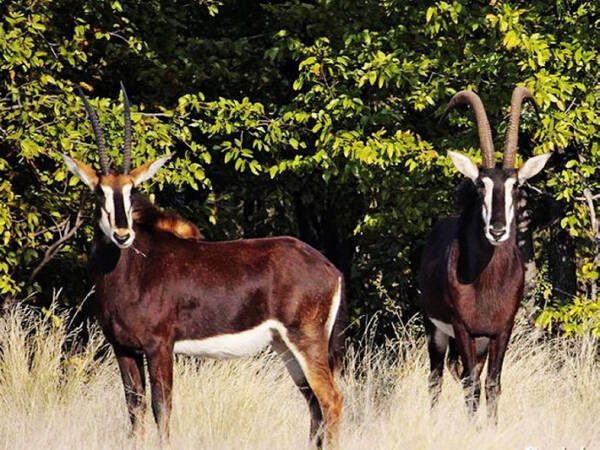
Female antelopes reach sexual maturity after 2.5 years of age, while male antelopes reach maturity after 3 years of age. Mature males will not mate yet. The male must be in a leading position before he has the right to mate with the female antelope. The mother antelopes that give birth to calves will form a group of female antelopes to take care of and protect the calves, especially within three weeks of the birth of the calves. After three weeks, the calves will play with other calves and only return to the group of female antelopes during feeding time. When the calves reach 6-8 months, the mother-child contact becomes less frequent. Generally, the calves live with other calves and only return to the group of female antelopes occasionally.

Listed in the 2008 Red List of Endangered Species of the World Conservation Union (IUCN) ver 3.1 - Least Concern (LC).
Protect wild animals and eliminate game.
Maintaining ecological balance is everyone's responsibility!
FAQ
Q1. Where can Hirola still be seen?
Mainly within community conservancies in NE Kenya near the Somalia border (e.g., Ishaqbini), with access by permit and guides.
Q2. How is it different from gazelles?
Hirola shows paired tear‑stripes and lyre‑shaped horns in both sexes; gazelles are generally smaller with straighter horns and different face patterns.
Q3. Why is the IUCN status CR?
Very small, localized population under multiple pressures—drought, disease, competition with livestock and poaching—leaving little buffer to shocks.
Q4. How can people help?
Support community‑led conservation, avoid bush‑meat/curio demand, and share accurate information about dryland conservation.

